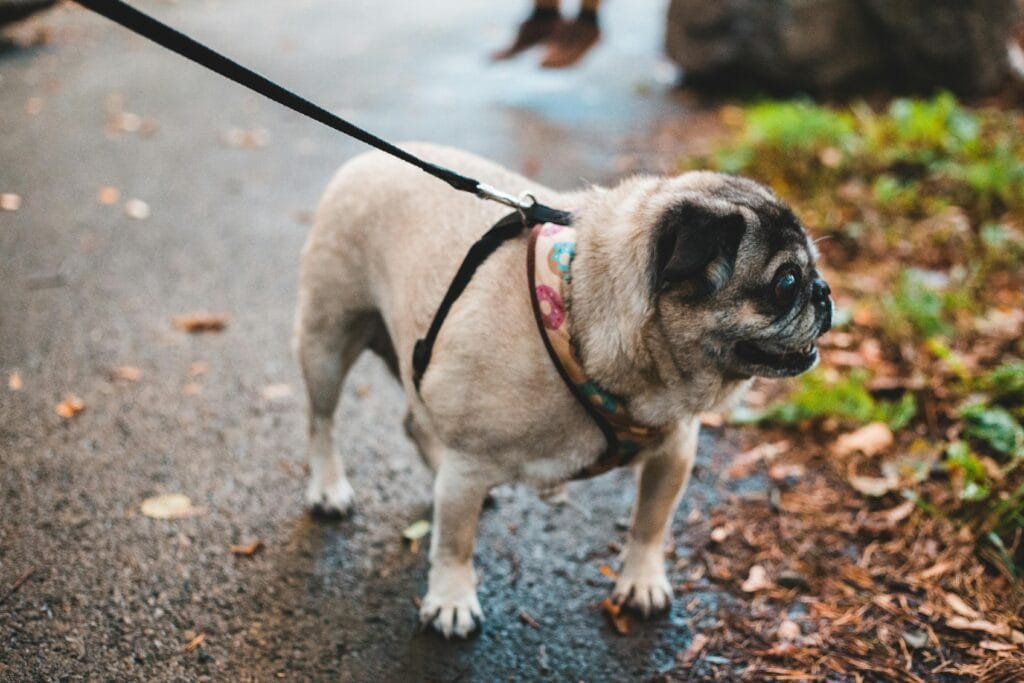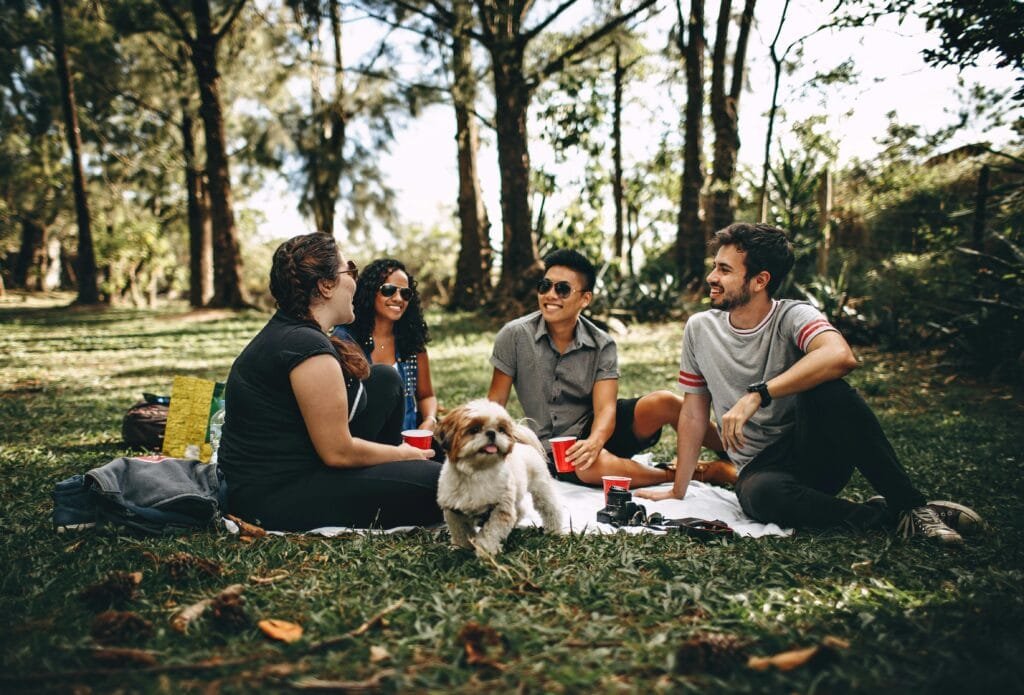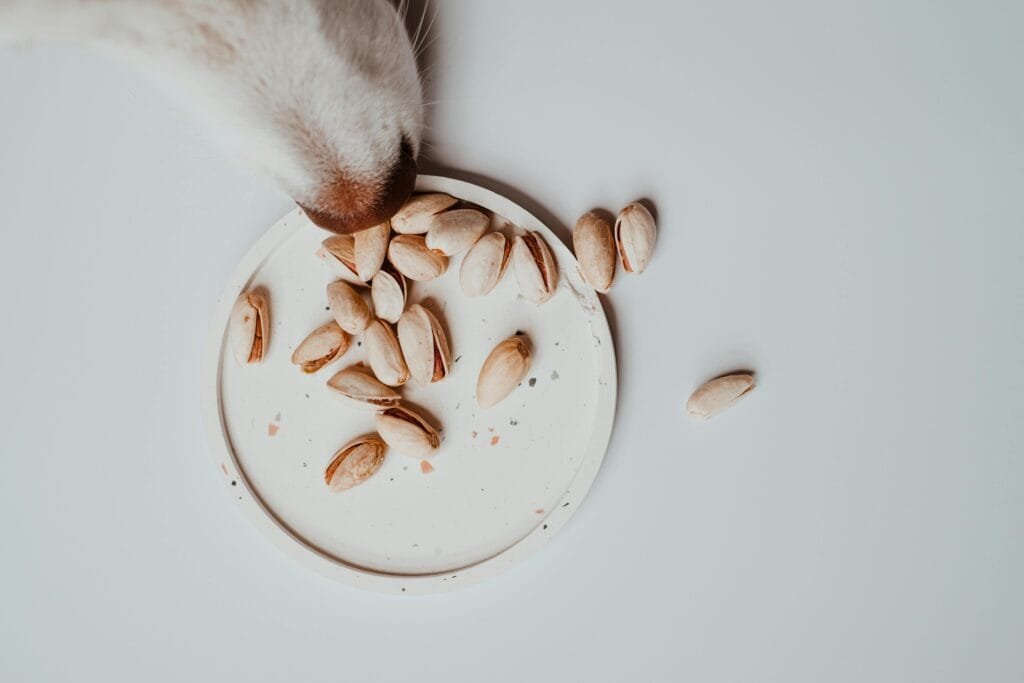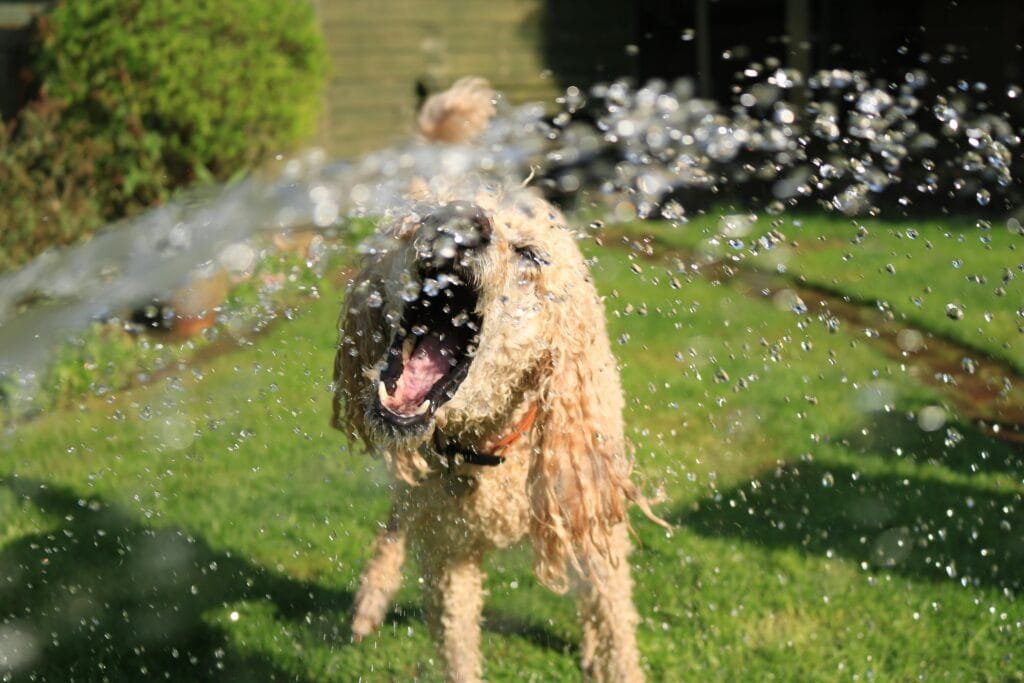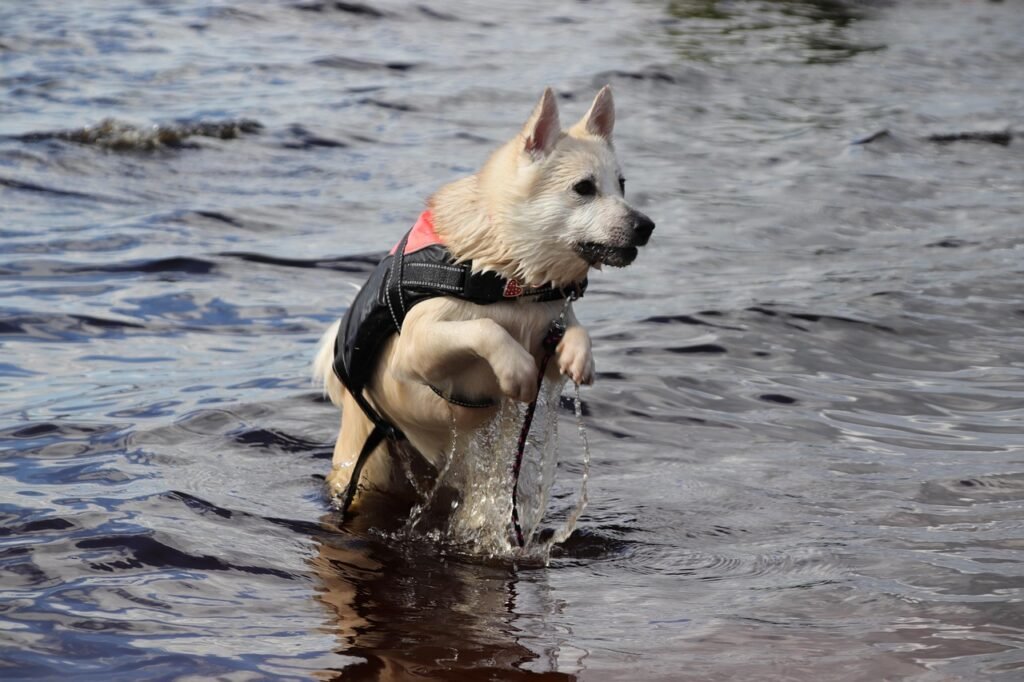Why is sniffing important? How scent work benefits your dog
If you’ve ever tried to go for a walk with a dog who stops every five steps to smell everything, you’re not alone. It can feel like you’re on a mission to get from A to B—while your dog is treating the whole thing like a mystery novel they can’t put down.
But what if that’s not a distraction? What if it’s the point?
Let’s talk about sniffing: why your dog does it, what it actually does for them, and how to build a walking routine that meets everyone’s needs—nose included.
More than just a habit
Dogs experience the world through scent in the same way we use sight. Their noses are incredibly powerful—research suggests a dog’s nose is estimated to be between 100,000 and 100 million times more sensitive than a human’s (Secrets of the Snout, Rosell, 2018).
While we glance around and notice colours and movement, dogs are tracking time, space, mood, and species just by putting their nose to the ground.
This isn’t just about smells. It’s about information. Sniffing helps dogs understand who’s been in the area, whether it’s safe, and what’s changed. In short, it helps them make sense of their world.
Sniffing is enrichment
In the training world, we talk a lot about enrichment—activities that give dogs mental stimulation, emotional fulfillment, and an outlet for natural behaviours. Sniffing checks every one of those boxes.
Think of a “sniffari” (a relaxed walk led by your dog’s nose) like a mental workout. While it might not look physically intense, your dog is actively decoding their environment, making choices, and problem-solving along the way. It’s the equivalent of us reading a book, solving a puzzle, or scrolling through the news—engaging and mentally satisfying.
Regular sniffing can:
- Reduce stress and lower heart rate: Sniffing helps dogs decompress. Studies show that when dogs are given time to explore their environment through scent, their heart rate drops and their overall stress levels decline—an especially meaningful shift for anxious or reactive dogs. (Fountain et al., 2024).
- Provide vital mental stimulation and cognitive enrichment: For dogs, using their nose is like solving a brain teaser. Every sniff is a new clue, and every scent trail tells a story. It’s deeply engaging—and far more tiring than most physical exercise. (Fountain et al., 2024).
- Decrease frustration-driven behaviours like barking, chewing, or restlessness: Many dogs act out simply because they’re bored. Giving them regular opportunities to sniff can satisfy their natural need to explore, reducing the likelihood they’ll seek out their own, less ideal ways to burn energy. (Binks et al., 2018).
- Make dogs feel more optimistic: Research shows that sniffing can literally improve a dog’s mood. Dogs allowed to engage their nose more frequently are more likely to interpret ambiguous situations positively—an emotional shift that has real behavioural benefits. (Duranton and Horowitz, 2018).
- Increase focus and satisfaction during structured training: Dogs that are given a chance to sniff and explore tend to be more content and attentive during formal training. A little freedom to follow their nose can actually make them more eager to work with you. (Mellor et al., 2024)
- Build confidence, especially in nervous or adolescent dogs: For dogs who are unsure of the world—whether due to age, temperament, or past experience—sniffing gives them safe, low-pressure opportunities to process what’s around them and build emotional resilience. (American Kennel Club, 2018).
Want to learn more about how optimism affects your dog’s behaviour?
Read: Optimist or pessimist? How training shapes your dog’s outlook
Letting your dog sniff isn’t just kind—it’s smart.
What if my dog sniffs too much?
It’s a fair question. When walks start to feel more like stop-start tug-of-wars than enjoyable outings, it can be frustrating—for both of you.
But here’s the thing: dogs don’t always know what kind of walk it’s supposed to be. Are we exploring? Exercising? Heading out for a quick bathroom break before a meeting?
One simple solution: use different gear to signal different expectations.
- Use a harness and long line for decompression or enrichment walks where your dog gets to lead the way
- Use a flat collar or structured harness for “business” walks or training sessions where you want more focus
This change in gear becomes a clear, consistent cue for your dog. Over time, they’ll learn what kind of walk it is from the moment you clip on the leash.
You can also introduce a cue like “go sniff” to give your dog permission during structured walks, and teach a gentle way to move on when it’s time to refocus. It’s not about eliminating sniffing—it’s about giving it structure.
Where training comes in
At Belle & Bark, we don’t treat natural behaviours like sniffing as “bad habits.” We look at them as communication and unmet needs.
When sniffing feels excessive or frustrating, it’s often a sign that your dog needs more opportunities to explore and decompress. With the right balance of enrichment and structure, we can help you build walks that are less stressful and more enjoyable—for both of you.
Whether you’re raising a curious puppy, managing an overstimulated teen, or supporting an anxious rescue, sniffing is a powerful tool in your training toolbox.
✨ Book a consultation and let’s build a walk routine that works for both ends of the leash.
The bottom line? Let them sniff.
When we give dogs the time and space to use their noses, we’re not spoiling them. We’re supporting who they are. Their nose is their way of reading the world—every scent a headline, every patch of grass a chapter.
So next time you’re on a walk, take a deep breath, loosen your grip, and give your dog a moment. You might be surprised how much changes when you follow their lead.
Want to take things a step further? Keep an eye out for our upcoming post on how to plan the perfect sniffari walk.


